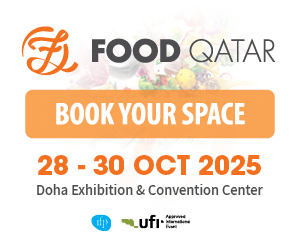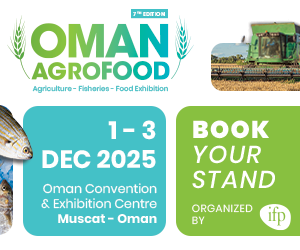With the global population projected to reach nearly 10 billion by 2050, food production must increase dramatically to meet growing demands. According to estimates, this surge in population will require 59 to 98 percent more food than was needed in 2010, an already daunting task. Countries like Oman, traditionally dependent on imports, are working toward greater self-sufficiency amid increasing pressure on agricultural systems.
Oman’s efforts focus on leveraging innovative technologies and modernizing agriculture to ensure food security. For example, the country has expanded agricultural land to 293,000 acres in 2023, with further plans for utilizing an additional 5.5 million acres. Areas such as the Dhofar Governorate, rich in land and water resources, are critical to these efforts.
The country has made notable progress in boosting domestic production, particularly in eggs, poultry, and wheat. Oman’s wheat production, for instance, rose from 2,000 tonnes in 2022 to over 10,000 tonnes in 2023, signaling a shift toward food independence. These initiatives are part of a broader strategy by the Ministry of Agriculture, Fisheries, and Water Resources to modernize the agricultural sector by 2040.
Despite challenges like limited arable land and scarce freshwater resources, Oman is demonstrating that with innovation and planning, even arid regions can make significant strides in agricultural sustainability. The long-term goal is clear: to ensure affordable, safe, and quality food for all its citizens and residents.



















































































